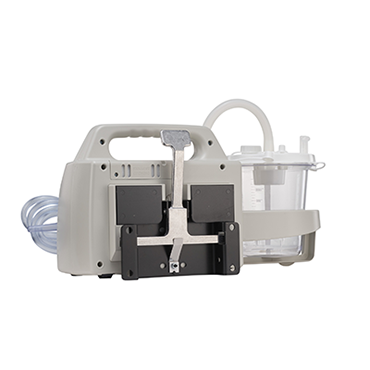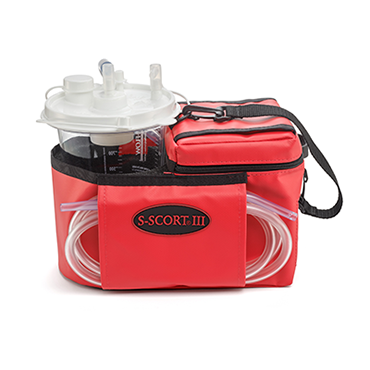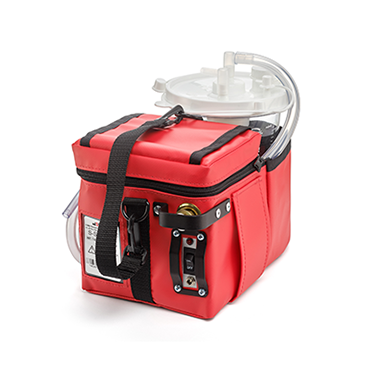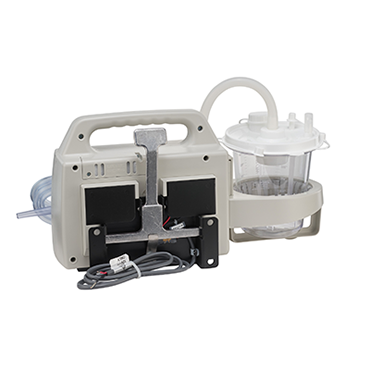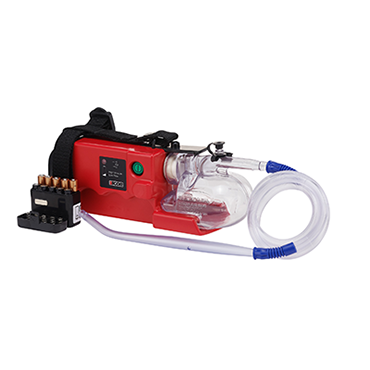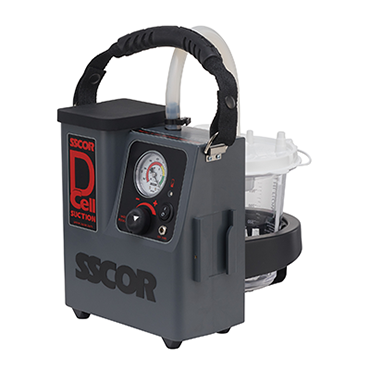
March was National Developmental Disabilities Awareness Month, an opportunity to raise awareness about the inclusion of people with developmental disabilities and address the barriers they face in daily life.
More than 5,000,000 Americans have developmental disabilities. As with other minority patient populations, first responders must understand the unique considerations for treating and performing airway management on patients with developmental disabilities to provide the safest and effective level of care possible and continue enhancing healthcare accessibility and services for these patients.
Types of developmental disabilities
There are five main types of developmental disabilities, including autism spectrum disorder, cerebral palsy, intellectual disability, attention deficit hyperactivity disorder, and learning disabilities. Most developmental disabilities begin before birth, but some can develop after birth as the result of an injury, infection, or other factors.
The challenges providers may encounter when treating patients with developmental disabilities depend on the type of disability, as well as other factors related to the patient’s mental and physical health and well-being.
Providing optimal care to patients with developmental disabilities requires that responders continue learning more about and familiarizing themselves with the challenges and needs of each of their patients.
Communicating with patients, family members, and caregivers
Communication is essential during airway management and treatment, as it not only helps first responders understand the treatment needs of their patients but also helps ensure patients feel as comfortable and safe as possible during treatment.
Family members tend to know their loved ones best, and for this reason, it may be important to have a family member present during treatment to calm down the patient if they are agitated, answer any questions about the patient’s disability, and assist with advocating for their wants and needs. This may be especially helpful when treating patients with autism, for example, since patients with autism may sometimes become agitated around strangers or in unfamiliar situations and environments.
Another important step in treatment communication is communicating before initiating airway suctioning to alleviate as much anxiety as possible for the patient.
- Use simple, clear language, as opposed to more complex medical jargon.
- Some patients with developmental disabilities may be nonverbal or struggle to communicate what they’re feeling, so providers should also consider using pictures or visual aids when necessary to communicate with certain patients in ways that they understand and are most comfortable with.
Identifying and understanding behaviors
Understanding developmentally disabled patients’ behavioral responses to illness, pain and discomfort, particularly patients with autism or other intellectual or learning disabilities, is vital for performing safe and effective airway management, as patients with autism may be unable to articulate their symptoms clearly, or may exhibit challenging behaviors that are difficult to read, such as laughing, crying, trying to hurt themselves, or becoming withdrawn or quiet during treatment.
Talking to family members and caregivers about patients’ behaviors and what’s considered “normal” for them when expressing their thoughts and feelings will be incredibly helpful in approaching treatment and communication with developmentally disabled patients.
Specific respiratory concerns for patients with cerebral palsy
Cerebral palsy is a group of disorders that permanently affect body movement and muscle coordination. It is a particularly challenging developmental disability to navigate when it comes to respiratory health and the airway management of patients.
Respiratory health must be carefully and regularly monitored in patients with cerebral palsy, and monitoring patients’ breathing patterns is essential for preventing emergencies like aspiration or deadly infections.
Providers and caregivers must always be mindful of a patient’s inability to cough up mucus, as this can obstruct the airway and lead to lung infections and bacterial colonization. Airway clearance therapy is often recommended for patients with cerebral palsy to address common symptoms related to impaired airway clearance and avoid further infections and complications.
Treatment takeaways
There are many unique needs and symptoms to be mindful of when treating patients with developmental disabilities, and lacking proper knowledge of a patient’s condition can be overwhelming for both the provider and their patient, and possibly result in dangerous health outcomes.
First responders should prioritize learning more about airway management and developmental disabilities, and using deliberate communication, building trust, and advocating for patients’ needs at all times.
Editor's Note: This blog was originally published in April 2023. It has been re-published with additional up-to-date content.









